In the News
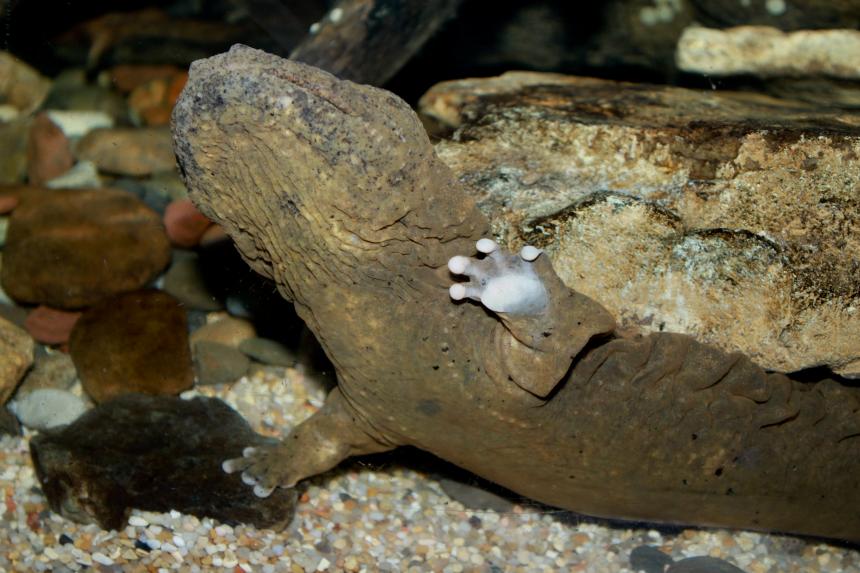
Video
January 23, 2018
Hellbenders are giant aquatic salamanders that inhabit streams in the eastern U.S., and help serve as an indicator of clean, healthy water. Cornell Wildlife Health Center scientists collaborated with award-winning nature videographer David Brown to document the work we are doing to help their declining populations.
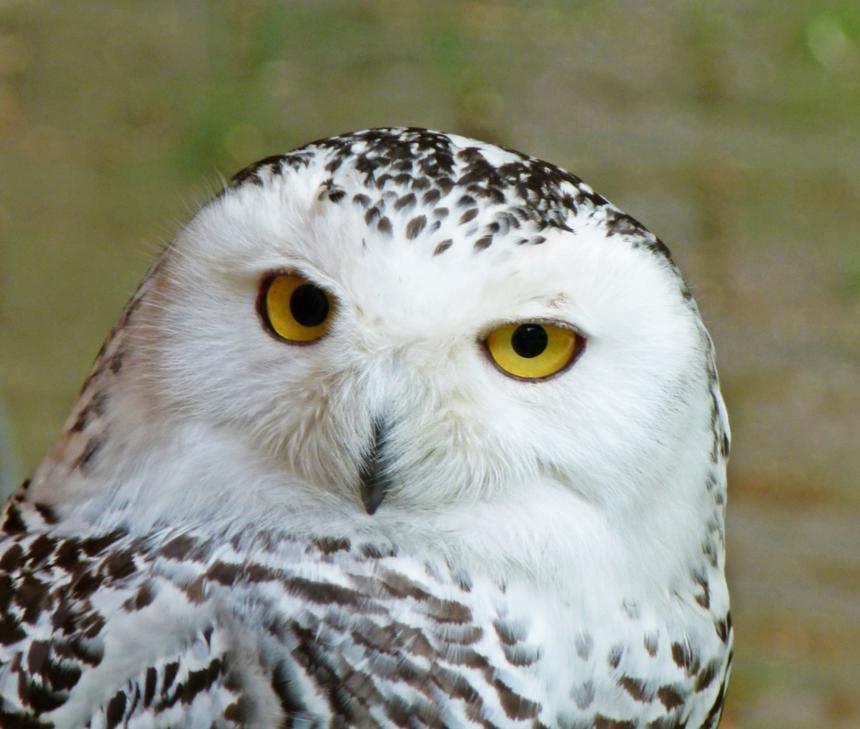
January 19, 2018
In the last few years, Cornell has confirmed two snowy owl deaths from pigeon herpesvirus, which was likely transmitted from a pigeon meal. Our lab has worked with our virologists to develop a DNA based test for the virus, making it a useful diagnostic tool when testing raptors for the disease.
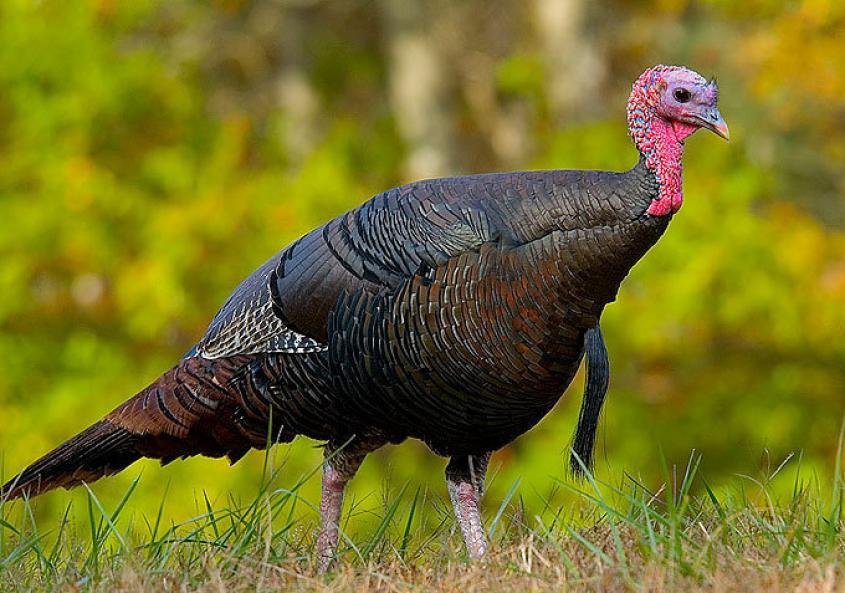
November 17, 2017
Cornell Wildlife Health Center scientists and partners have found that Lymphoproliferative Disease Virus could be one of the causes of declining wild turkey populations in New York State.
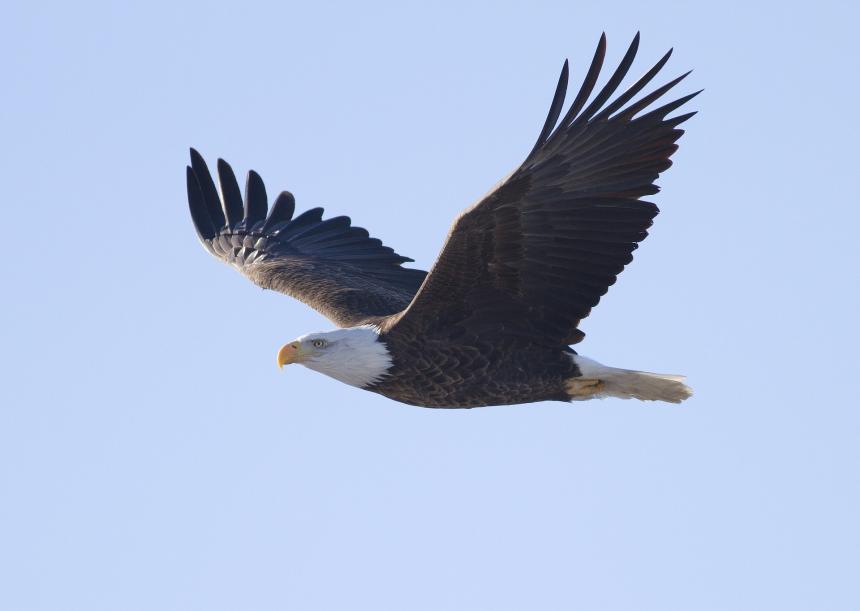
Video
August 09, 2017
The comeback of the American bald eagle is a success story across the nation, but now these magnificent birds are facing another threat. See what Cornell scientists are doing to help determine the sources and impacts of lead in New York bald eagles.

June 12, 2017
During Cornell University's Reunion 2017, the Cornell Wildlife Health Center held a "talk show" launch event, hosted by Provost Michael I. Kotlikoff and featuring our novel approach to wildlife conservation and the challenges of saving wildlife and wild places.
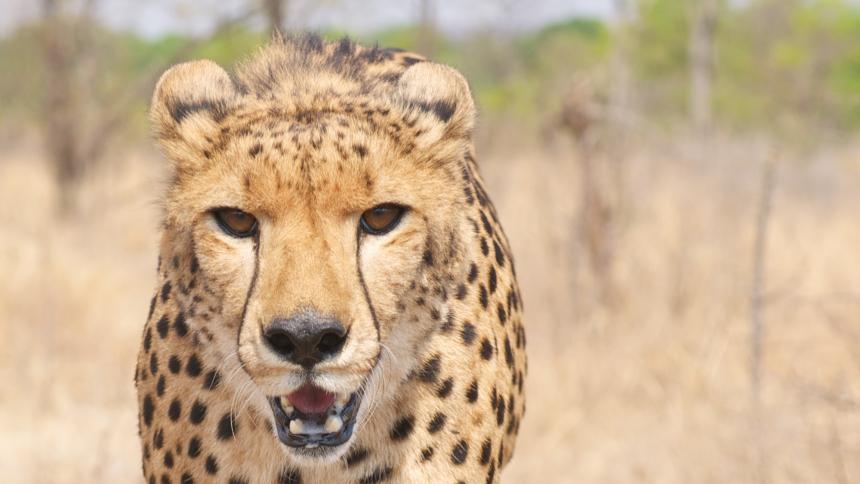
Video
June 09, 2017
Watch the "talk show" launch of Wildlife Health Cornell at Reunion 2017, hosted by Provost Michael I. Kotlikoff and featuring internationally-renowned wildlife health experts discussing our novel approach to wildlife conservation and the challenges of saving wildlife and wild places.
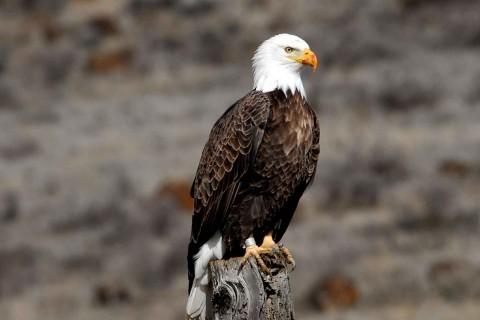
May 31, 2017
The comeback of the American bald eagle is a success story across the Great Lakes region, and keeping them safe is a high priority for many environmental professionals. But one serious threat to the great raptor is lead poisoning.
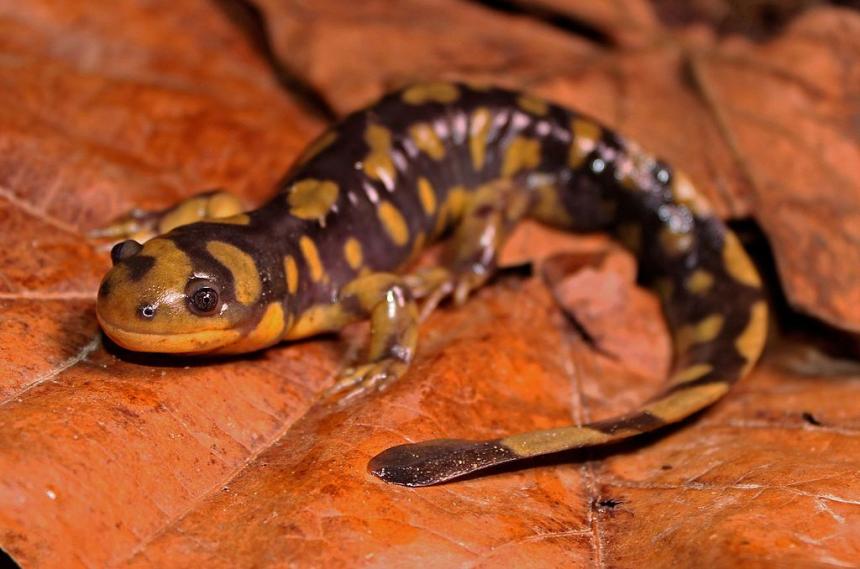
May 14, 2017
A team of scientists is warning of a new disease impacting salamanders on Long island.
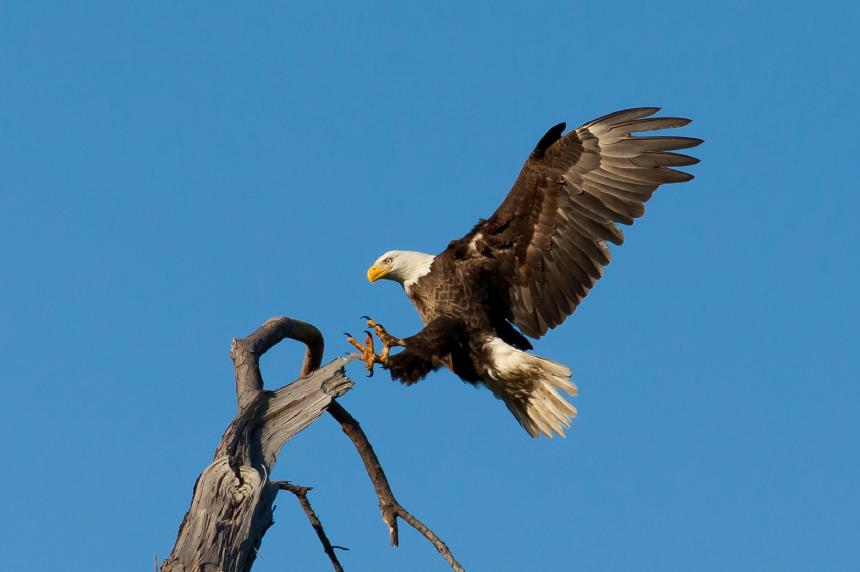
March 15, 2017
Bald eagles have made a successful comeback since their numbers dwindled due to human pressures in the early 1900’s. However, the charismatic national bird is threatened once again, this time from a different human-driven cause: lead.
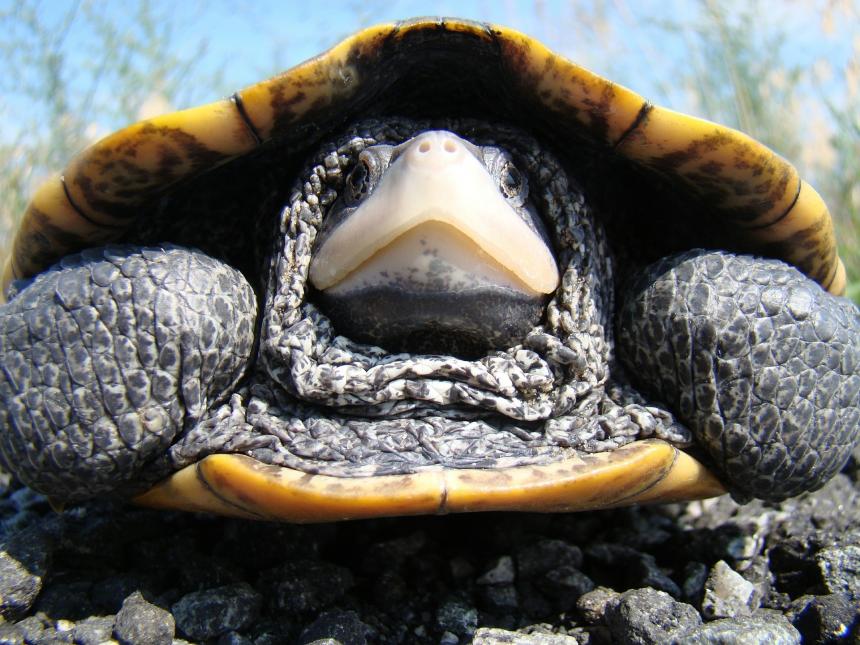
March 06, 2017
Cornell scientists and partners have discovered that saxitoxin, a potent neurotoxin from algal blooms, was the cause of a massive die-off of diamondback terrapin turtles and fish. Understanding what's happening in this fragile ecosystem is key to preventing future crises - for wildlife and people.
